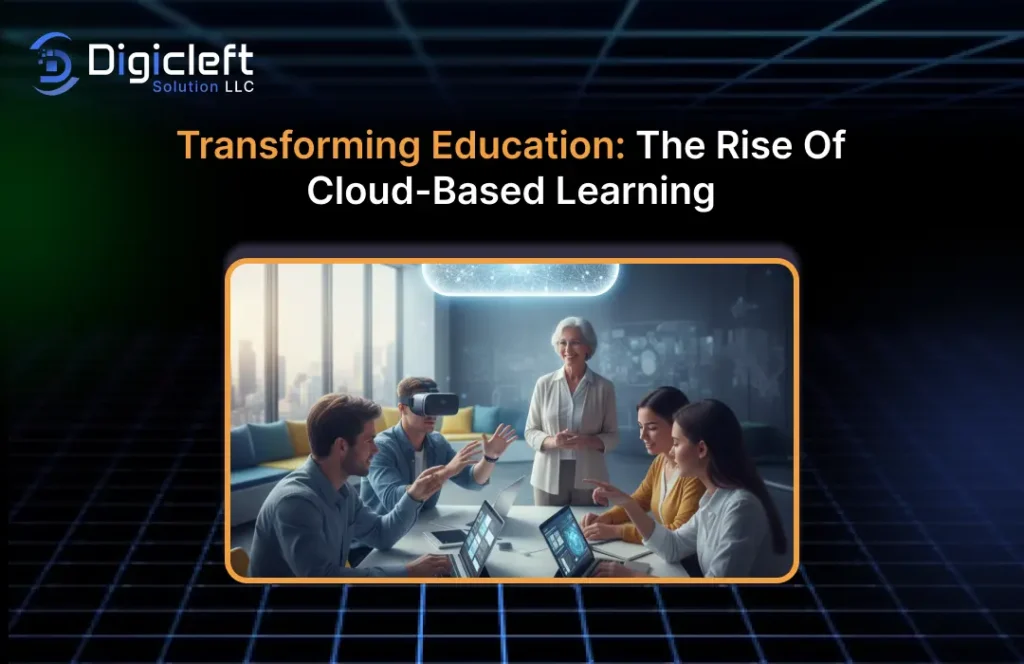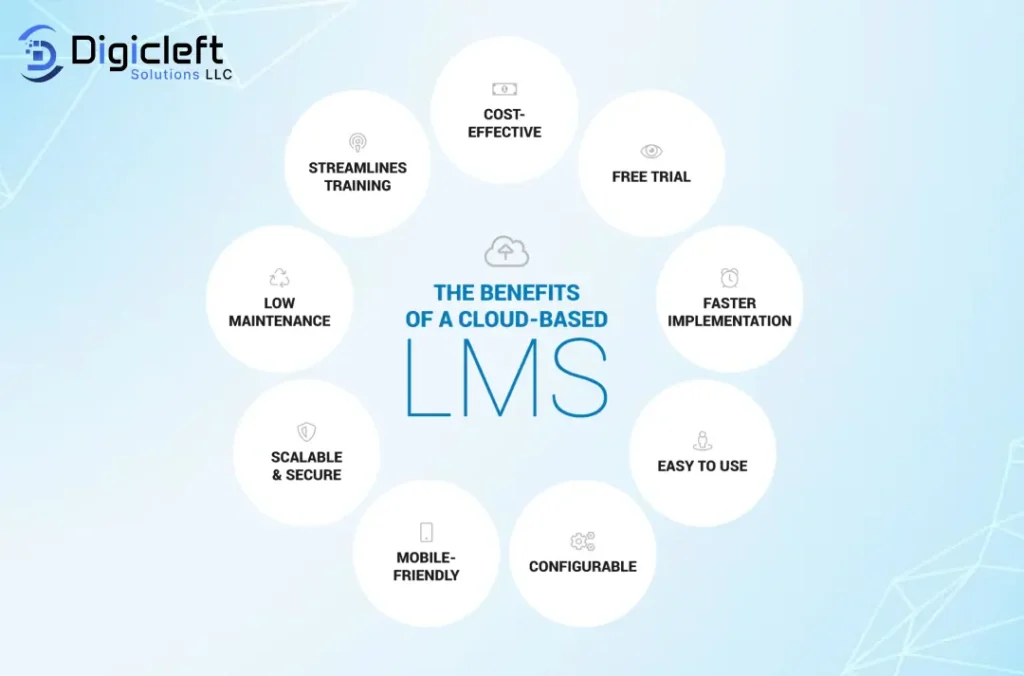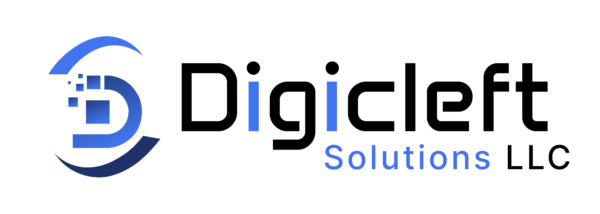
Education is no longer confined to four walls and a blackboard. Today, learning happens anywhere, anytime, thanks to cloud-based platforms. The traditional classroom, while precious, is slowly giving way to a more flexible and inclusive model. This shift isn’t just about technology it’s about breaking walls, bridging gaps, and giving learners worldwide equal opportunities to grow.
The Evolution of Education
Think back to the chalk-and-talk days. Classrooms were rigid, and access to knowledge depended on geography and resources. Then came projectors, smartboards, and basic e-learning modules. While those innovations were exciting, they didn’t solve deeper issues like accessibility and scalability. That’s where cloud-based learning steps in, offering a more dynamic and sustainable approach.
What is Cloud-Based Learning?

Cloud-based learning means storing and delivering educational content through online servers rather than local systems. Imagine having a virtual backpack that follows you everywhere your books, notes, and assignments always at your fingertips. It’s not tied to a single device or location, which makes it ideal for today’s fast-paced, mobile-first world.
Key Features Include:
- Online access from anywhere
- Real-time collaboration tools
- Secure storage of resources
- Scalable platforms for institutions
Why Cloud-Based Learning is Transforming Education
- Accessibility: A child in a rural town can access the same quality of education as a student in a metro city.
- Flexibility: Students learn at their own pace, replaying lessons when needed.
- Affordability: No heavy infrastructure needed just internet access.
The Role of Technology in Shaping Classrooms
Technology is no longer an “add-on” in education it’s the backbone. With cloud platforms, teachers can manage assignments, students can collaborate, and parents can stay in the loop. It’s a triangle of engagement powered by connectivity.
Benefits of Cloud-Based Learning
Global Accessibility
Cloud platforms abolish borders, giving everyone a fair chance at quality education.
Real-Time Collaboration
Students can communicate, work on group projects, and share feedback instantly just like in a physical classroom, but without limitations.
Cost-Effectiveness
Schools save money on physical infrastructure, while learners save on travel and books.
Scalability
Whether teaching 10 students or 10,000, cloud platforms scale effortlessly.
Challenges of Traditional Education Models
- Limited resources in rural areas
- Fixed class timings that don’t suit all learners
- High costs of maintaining infrastructure
- Difficulty in updating outdated content
Cloud-Based Learning Platforms in Action
Platforms like Google Classroom, Microsoft Teams, and Moodle have already proven their impact. Schools and universities worldwide are adopting them to simplify teaching and improve student engagement. For example, during the pandemic, cloud platforms ensured education never stopped, even when schools shut down.
The Human Side of Cloud Learning
- Students: Feel empowered to take ownership of their learning journey.
- Teachers: Save time with automated tools and can focus more on mentoring.
- Parents: Stay updated with real-time progress reports.
Digicleft Solution: A New Wave in Learning Innovation
One name in this revolution is Digicleft Solution, which bridges the gap between technology and human-centered learning. By combining innovative digital tools with practical teaching methods, it ensures that learners aren’t just consuming information but truly engaging with it. It’s like having a personalized trainer in your pocket.
Cloud-Based Learning in Higher Education
Universities are moving to the cloud to support research collaboration, global classrooms, and flexible degree programs. Students can attend lectures virtually, access libraries online, and even connect with professors across continents.
Corporate Training and Skill Development
It’s not just schools companies are also embracing cloud learning. From onboarding to leadership programs, organizations are using cloud platforms to upskill employees without disrupting workflows. Remote training is no longer a headache but a seamless experience.
Data Security and Privacy in Cloud Learning
Of course, with great tech comes great responsibility. Protecting student data is critical. Cloud providers now follow strict security standards like encryption, GDPR compliance, and restricted access to ensure safe digital learning spaces.
The Future of Cloud-Based Education
The future looks exciting. Artificial Intelligence (AI) will personalize learning, tailoring lessons to individual strengths and weaknesses. Virtual reality may create immersive classrooms, and predictive analytics will help teachers intervene before students fall behind. The cloud is just the foundation; the sky is truly the limit.
Conclusion
Cloud-based learning is more than just a technological shift it’s a cultural one. It democratizes education, making it more inclusive, affordable, and adaptable. Whether you’re a student in a small town, a teacher looking for better tools, or a professional chasing new skills, the cloud opens doors that were once locked tight. And with innovative players like Digicleft Solution, the journey ahead looks brighter than ever.
FAQs
- What exactly is cloud-based learning?
It’s a system where educational content and tools are stored on the internet, making them accessible from anywhere. - How does cloud learning benefit students?
It offers flexibility, cost savings, and personalized learning opportunities. - Is cloud-based learning secure?
Yes, most platforms use encryption and follow strict data protection policies. - Can teachers easily adapt to cloud platforms?
Absolutely. Most platforms are user-friendly and offer training resources. - What role does Digicleft Solution play in cloud learning?
It provides innovative tools that enhance engagement, personalization, and accessibility for learners.


